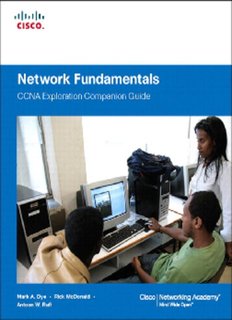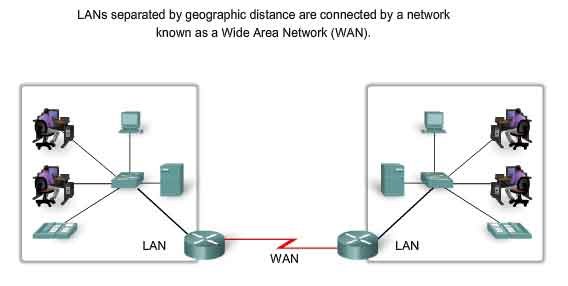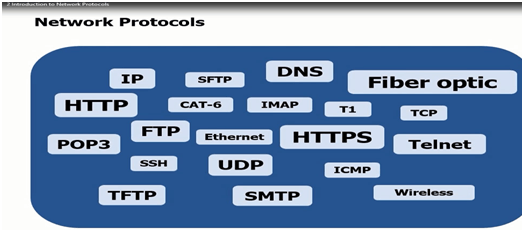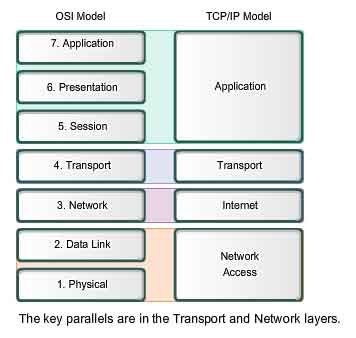CCNA NETWORK FUNDAMENTALS - PART 1

As Said different times one of my focal point as Witness is to transfer my Knowledge as System Engineer and Network Specialist. So this is the first article of the technical course.
INTRODUCTION
The Cisco CCNA is an important certification to provide technical skills to users around the world. The Cisco CCNA Network Fundamentals gives and explain concepts about:
- Networking
- Technologies
- Protocols
- Devices
To simulate Labs is necessary a software simulator made by Cisco Lab and called Packet Tracer

LAN, WAN
Networks come in many size and can be divided with this differences:
- size of area covered
- number of users connected
- types of services available
LAN
A Local Area Network (LAN) is a group of devices and users under the control of Local admistration. It means all end devices/users are geographically close togheter to have the same purpose in an organization. Usually a LAN covers the entire local area of a Company.
WAN
A Wide Area Network (WAN) is a network used to connect different LAN geographically far apart.
Thi is the case of a Company that has Office in different cities.

PROTOCOLS
All communication is managed by specified rules called protocols
NETWORK PROTOCOLS
To permit devices communication on a network, they must follow different protocols that perform many tasks. The protocols define:
- format of the messages (how much data)
- source and destination
- the method to handle informations
- when process start and terminate on hosts
COMMON PROTOCOLS
The Telecommunications Industries works to write common protocols. So there are two organizations that standardize the networking protocols:
- IEEE
- IETF
Different Protocols work togheter to permit a network communication.

TCP/IP vs ISO/OSI
TCP/IP
The TCP/IP model defines the communication between this protocols:
- Application (example HTTP)
- Transport (Transmission control - TCP)
- Internet (Internetwork Protocol - IP)
- Network Access (Data-link transmission)
The rules and implementations of the TCP/IP model were developed and written into the RFC documents.
ISO/OSI
The OSI model, provides an abstract descrription of the network communication process. Developed by the ISO to provide a road map for nonproprietary protocol.
The ISO/OSI model defines the communication between this layers:
Layer 7: Application
Layer 6: Presentation
Layer 5: Session
Layer 4: Transport
Layer 3: Network
Layer 2: Data Link
Layer 1: Physical

In the next Chapter we will speak about the Application Layer Functionality. so stay connected to me!!!

If you think what I'm doing is something you like, please UPVOTE ME AS WITNESS on this portal:
https://steemit.com/~witnesses

And JOIN on my discord channel. Best Regards @yanosh01





This quick guide is very useful for the students of cisco! receive this upvote from @nextvote community!
Downvoting a post can decrease pending rewards and make it less visible. Common reasons:
Submit
ty very much, I like if my work is seen by someone else.... If i can teach somenthing it's a pleasure!!!
Downvoting a post can decrease pending rewards and make it less visible. Common reasons:
Submit